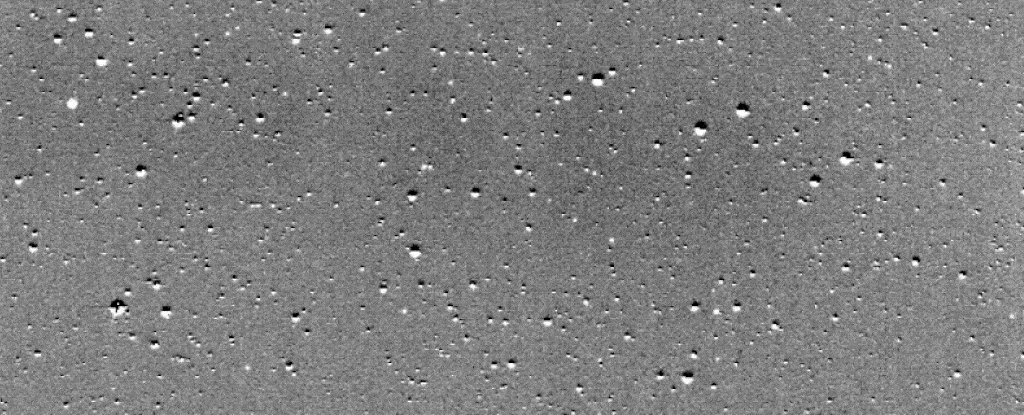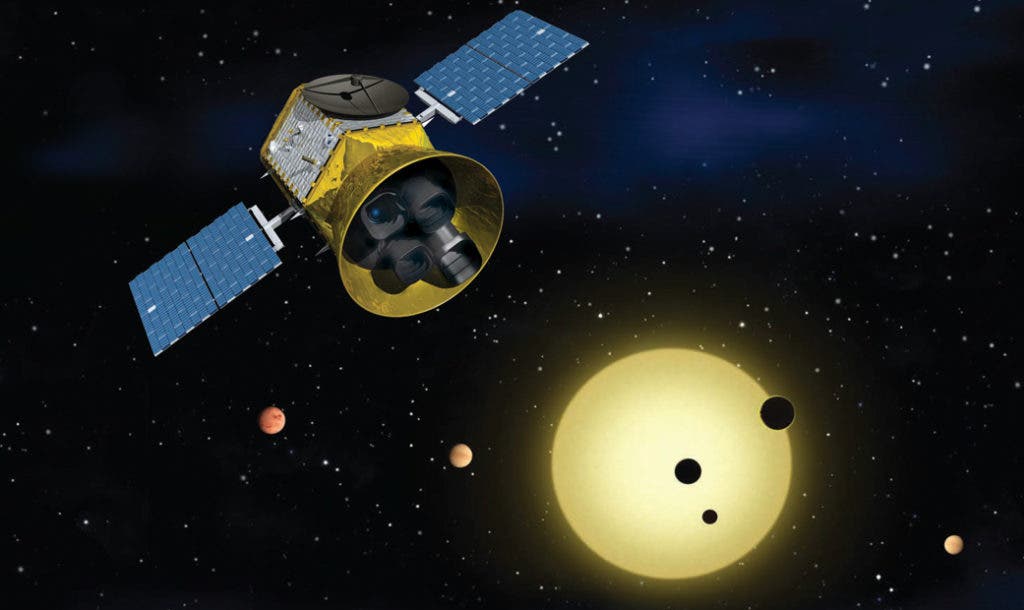NASA’s Transiting Exoplanet Survey Satellite (TESS) started its scientific activity on July 25, but, even before that, TESS managed to snap some awesome images of a passing comet — only discovered a month ago.

The comet is named C/2018 N1 and is located some 48 million kilometers (29 million miles) from Earth, in the southern constellation Piscis Austrinus — the Latin name for “southern fish”. The comet can be seen moving right to left, orbiting the Sun, leaving behind a “tail” — which consists of gases carried away from by an outflow from the Sun called the solar wind, according to NASA.
But the comet isn’t the only interesting thing visible in the images, which also feature asteroids and stars. If you look closely, you can see some stars shifting from white to black and to white again. This comes as a result of image processing, which highlights variable stars. These stars change brightness either as a result of pulsation, rapid rotation, or by eclipsing binary neighbors.

TESS’ main job, however, isn’t to keep an eye out for comets and variable stars. In a two-year survey of the solar neighborhood, TESS will monitor more than 200,000 stars for temporary drops in brightness caused by planetary transits. This is the most common way of detecting a planet. Since planets don’t have their own light, it’s difficult to see them directly so, instead, they look at stars and look for dips in its luminosity, which can be indicative of a planet passing between the star and the Earth. The nature of the dip can then be used to determine certain parameters of the planet. The vast majority of the 3,815 confirmed exoplanets have been discovered using this method.
TESS is the first-ever spaceborne all-sky transit survey. It will scout the sky, looking for planets ranging from Earth-sized to gas giants, around a wide range of stellar types and orbital distances, primarily focusing on the brightest stars in Earth’s vicinity. No ground-based survey can achieve this feat, due to atmospheric perturbations.
Since the comet footage, TESS has already started its main activity. Hopefully, it won’t be long until the first results start coming in, and we have a new batch of exoplanets to study and understand.
You can read more about TESS on its NASA website, and follow its news on Twitter. It’s worth it.


